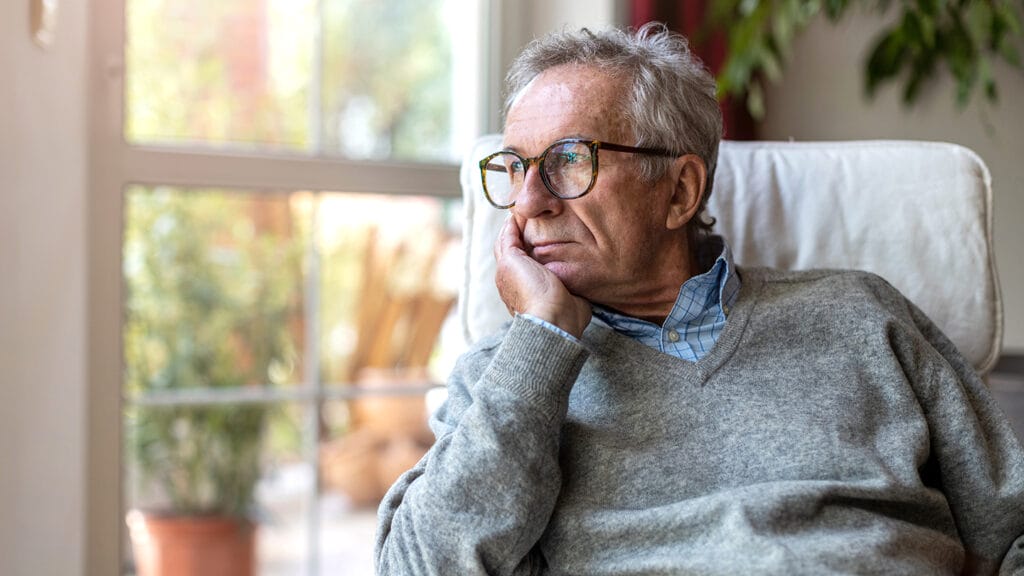
Two organizations are working to promote social connections in all types of settings, including senior living communities, according to a senior policy analyst who spoke Monday during a LeadingAge member policy update call.
Abby Gadbois, MPH, of the Washington, DC-based policy and healthcare consulting firm Healthsperien, detailed the efforts of The Coalition to End Social Isolation & Loneliness, or CESIL, and the Foundation for Social Connection, the coalition’s nonprofit arm, which focuses on education, increasing public awareness and promoting research and evidence-based models to promote social connection.
Half of older adults feel isolated alone or left out, and that reality is costing Medicare an estimated $6.7 billion annually, she said.
“We’re at a watershed moment for policies that address social isolation and loneliness,” Gadbois said. “The surgeon general laid out the problem as he sees it — the prevalence and the impact — and put the call out to society and said there are cross-cutting ways we can try to address this problem.”
The bottom line, she said, is that everyone plays a role in solving the crisis. Social isolation and loneliness, Gadbois added, have tangible effects on people. The next step is to understand how widespread the problem is and address it.
The coalition is a diverse group of national organizations — among them LeadingAge, the National Council on Aging, Front Porch and iN2L — focused on addressing the public health crisis of social isolation and loneliness, she said. According to the coalition, research has shown that insufficient social connection leads to a significantly increased risk of chronic illness, as well as a 60% increased risk of premature death. And severe loneliness is associated with a broad range of mental and physical health problems, including depression, suicidal ideation and substance use disorder.
The report report released last spring by US Surgeon General Vivek Murthy, MD, referenced by Gadbois, said that widespread loneliness poses health risks as deadly as smoking a dozen cigarettes daily. The surgeon general called on society to make changes to boost the country’s connectedness. The senior living industry responded by holding up assisted living as a solution to strengthening social connections for older adults.
The coalition responded, too, Gadbois said, creating a set of policy priorities addressing the effects of social isolation and loneliness, including increasing public awareness on the effect of social isolation and loneliness on health and well-being, enhancing social services and support, advancing health services and supports, overaging technology solutions that foster connection and social integration, and advancing research to establish the prevalence of social isolation, loneliness and connection.
Through its older adult-focused work group, the coalition is looking at potential solutions to social isolation and loneliness through the lens of the older adult population. To that end, Gadbois said, the group is focused on ensuring adequate support for caregivers and an adequate system of care for those who need it, which includes increasing access to Medicaid-funded long-term services and supports.
But she pointed out that it’s not just older adults who experience loneliness and social isolation. Members of Gen Z are the loneliest generation, Gadbois said, adding that employers should be thinking about workplace wellness programs for employees at the beginning of their careers and trying to address the risks of employees feeling lonely and isolated in the workplace.
The coalition is planning to send a letter this month to the House Energy & Commerce Committee and the Health Subcommittee expressing support for HR 6284, the Improving Measurements for Loneliness and Isolation Act. The act would establish a national working group to create recommendations for standardizing the measurements and definitions of social isolation and loneliness for public and private research and clinical use. The act would promote collaboration among federal agencies and state representatives on developing those measurements, as well as standardized definitions of loneliness and isolation.


